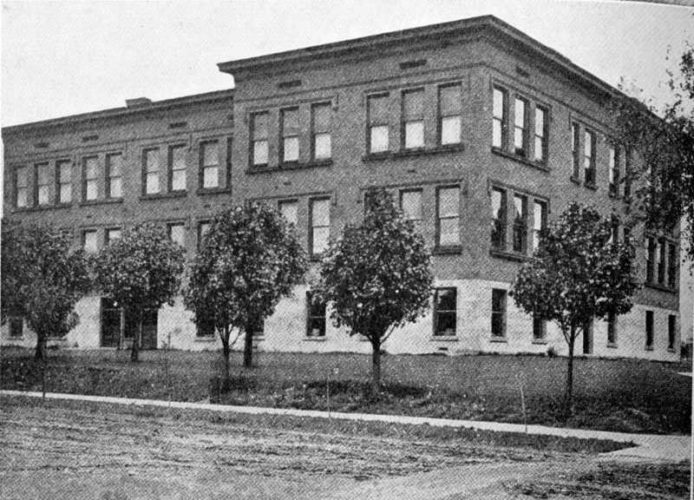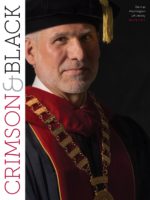Whatever Happened to Edison Hall?

Edison Hall
After the construction of Barge Hall in 1893, the next building constructed on the Ellensburg CWU campus was a three-story brick and stone structure that was completed in 1908. Located northeast of Barge, the building was originally known as the Manual Training Building and it was primarily used for teacher training programs.
In 1917, it was renamed Edison Hall after the inventor Thomas Edison and that year the Ellensburg School District No. 3 entered into an agreement with Washington State Normal School (as CWU was known at the time) to use the building as a free ward school for the community.
From 1917 to 1938, Edison served as a teacher training facility, with student-teachers practicing their teaching skills with the enrolled elementary school students (Kindergarten through sixth grade).
Structurally, Edison had what architectural historian Lauren Walton described as “a plain box design” with a T-shaped floorplan. In addition to classrooms, the building had a playroom in its basement.
In 1938, the university added much-larger Hebeler Hall, which was designed to replace Edison. According to Walton, the new Hebeler was “a complete elementary school,” boasting a gymnasium, museum, auditorium, children’s library, and specialized classrooms specifically for each state of childhood development. The school also expanded to teach children in grades Kindergarten through 8th grade.
Walton said the differences between the two buildings was a reflection of changes in the Normal School’s educational philosophy, which now followed aspects of the Progressive Movement in education.
“Instead of ‘pouring knowledge’ into passive student minds, teachers recognized a need to address the variations of student needs and this was translated into the architecture of Hebeler Hall,” she wrote.
After the teaching laboratory school and teacher training programs were relocated into Hebeler Hall, Edison became the home of the university’s music program until construction of Hertz Hall in 1963. During the following two decades, Edison housed a number of university departments including Computer Services, the Washington State Employee Credit Union, the departments of personnel and benefits, and others
In 1985, after the building failed a “fitness test,” meaning it was sorely in need of renovations, the university conducted a study to determine whether to remodel, mothball, or demolish Edison Hall. After a cost analysis, the university determined demolition was the most fiscally prudent course and a year later, in 1986, Edison was torn down.
“While it has faithfully served its purpose, Edison Hall is being destroyed because it has outlived its usefulness,” said Donn Rothe, an architect with Central’s Facilites and Construction Department, to CWU’s Observer newspaper shortly before demolition began.






comments powered by Disqus